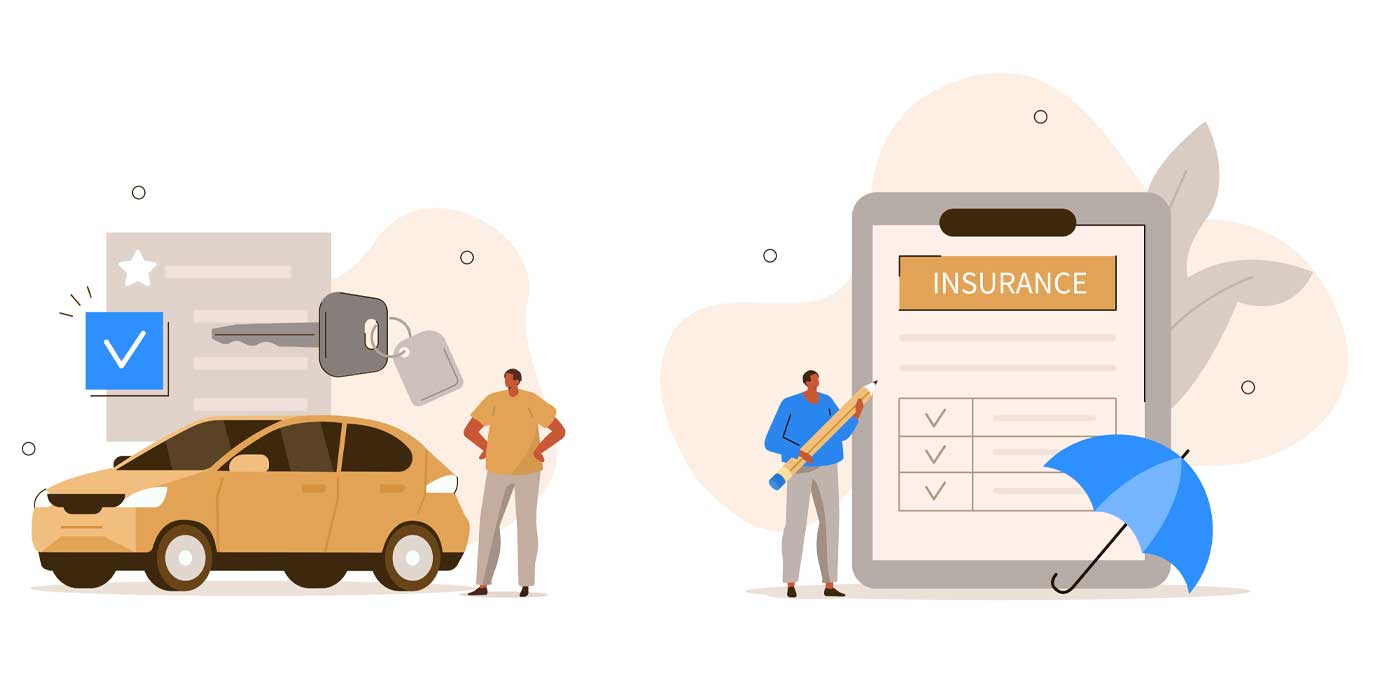The biggest revolution currently underway is taking place neither in the manufacturing plant nor in the innovation labs, but in people’s living rooms. What started off as a demonstration of online shopping systems in 1979 has now exploded into a world of e-Bays and Amazons. With every kind of retailer making its presence felt on the Web, the new generations are getting more and more spoiled by the idea of buying what they want anytime, anywhere.
Traditional — But Still Relevant Dealerships might look outdated in the future model of e-commerce, but a closer look reveals dealerships continue to be the place where the buyers can physically interact with the vehicle, and remain a significant profit center in vehicle delivery and associated after-sales service. This is emphasized by the fact that 80 percent of the buyers want to physically interact with the vehicle before buying.
Read our entire issue – Click here
“The car industry is one of the most conservative, least evolutionary marketing clusters in global business,” said Alain Visser, senior vice president of marketing, sales and customer service at Volvo. “For decades, car marketing has been following a certain pattern which is followed by the entire car industry.”
But now, the ball is rolling.
- Approximately 79 percent of all buyers used the Internet to shop for cars.
- Every five minutes, a used car or truck is sold on eBay Motors.
- Existing models are challenged by sites like Beepi and Carvana.
- Roadster acts a middleman between the dealership and the buyer, handling most of the sales process online, completing the paperwork and delivery to the customer’s preferred location.
- AutoNation’s $50 million investment is an example of how the industry is moving to align with the online shopping trend.
- OEMs like GM, Toyota and Volvo and dealers like Autonation and Sonic are exploring ways to sell cars online.
Most of these facts point to a redefinition of the existing traditional dealership and the necessity of easing the cumbersome shopping experience at today’s dealerships. The vehicle e-commerce can be defined as a process that not only has an exchange of money and goods and services, but also one that encompasses the entire buying process, with dealer being at the fulcrum of it.
Benefits for the Dealer The benefits for the dealers are far and wide, with one of the biggest advances showing up in the dealer’s “satisfaction index.” Online sales bring with them no haggle, along with transparency in pricing. In the words of a Lexus sales consultant, “(The customers are) happy as heck. The fear level is gone. The anxiety is gone.”
“We were always the person behind the curtain. We were the bad guys,” said a GM at a dealership referring to sales consultants. The pressure to convert and almost unending haggling in the traditional sales model had its own effects on sales consultants, leading to high attrition rates. Studies have shown that sales consultants have accepted the new sales process with open arms, clearly reflected in near-zero attrition rates.
The vast majority of customers around the globe shop online. Rather than going from dealership to dealership, car buyers now go from Website to Website. The Web breaks the physical barriers by opening up new avenues for dealers to reach new customer segments, supplementing its already-existing physical dealership segments. The Web also provides an opportunity to conduct highly targeted ad campaigns, having far-reaching effects on lead-to-sale conversion ratio.
Access to real-time customer behavior is a huge advantage for the online model. From customized homepages to customized offers, the potential to use real-time data is almost unlimited. Today, the lack of real-time availability of data has forced one of the largest OEMs to use three-month-old data. In a fast-paced world where changes are so quick to happen, the benefit of using data for analytics would help the dealer stay relevant to the current market trends in inventory planning, advertisements and even sales promotions.
Moving vehicle sales online brings much-needed information availability and transparency — the “one price” strategy — to the whole vehicle buying process. Also, the significant reduction in transaction time — including billing, insurance and finance — through online sales will go a long way in minimizing the painful waits for the customer in the vehicle buying process.
“Selling almost entirely from stock in the U.S. generates both higher stocking costs and more lost revenues,” said Ben Waller, associate director of ICDP, an automotive distribution research group in the United Kingdom.
In the U.S., vehicles today are built-to-stock in order to provide buying options to customers and to cater to their impatience. For dealers, that means thousands of dollars in extra floor-plan expenses and huge advertising costs, and for OEMs, it is huge expense in the form of inventory holding. Availability of real-time demand data goes a long way in solving the problem, providing a better predictive model to manufacture vehicles in tune to the demand and also avoiding the need to stock large amount of vehicles in dealerships. It is predicted that more than 10 percent of vehicle sticker price could be saved in this way.
Online sales opens up an avenue for price war, which is one of the biggest reasons dealers are so hesitant with this new model. A study of the 15 top dealerships in U.S., however, revealed that, while car sales contributes to 60 percent of revenue, it only contributes to 15 percent of dealer’s bottom line. Contrary to the belief that sales going online would have a major impact to the bottom line, it actually would have minimal impact. “The dealer might actually make slightly less money per unit using this new process, but because their volumes have gone up, their overall profit has gone up. From that standpoint it might very well help them,” said Tom Liby, senior forecasting analyst at Polk referring to initial results from GM going online. The increased sales would have a positive impact on F&I, after sales, service and spare parts sale, which together contribute to 60 to 70 percent of dealers’ profit, increasing the bottom line of the dealership. This is analogous to the case of a printer manufacturer, where printer sales have minimal impact on profit while the cartridges make the significant contribution.
The online sales model would transform a dealer into a “Showroom at the Doorstep,” and the seamless availability on mobile devices would make it a “Mobile Showroom,” giving the customers the much- needed comfort and a hassle-free experience. A decade ago, Dell revolutionized the way laptops were sold. They went online and also undercut the prices, not to lose but to gain and become a market leader. A similar opportunity is knocking the doors of the automotive world and dealers are in the best position to seize the opportunity.
Read our entire issue – Click here















